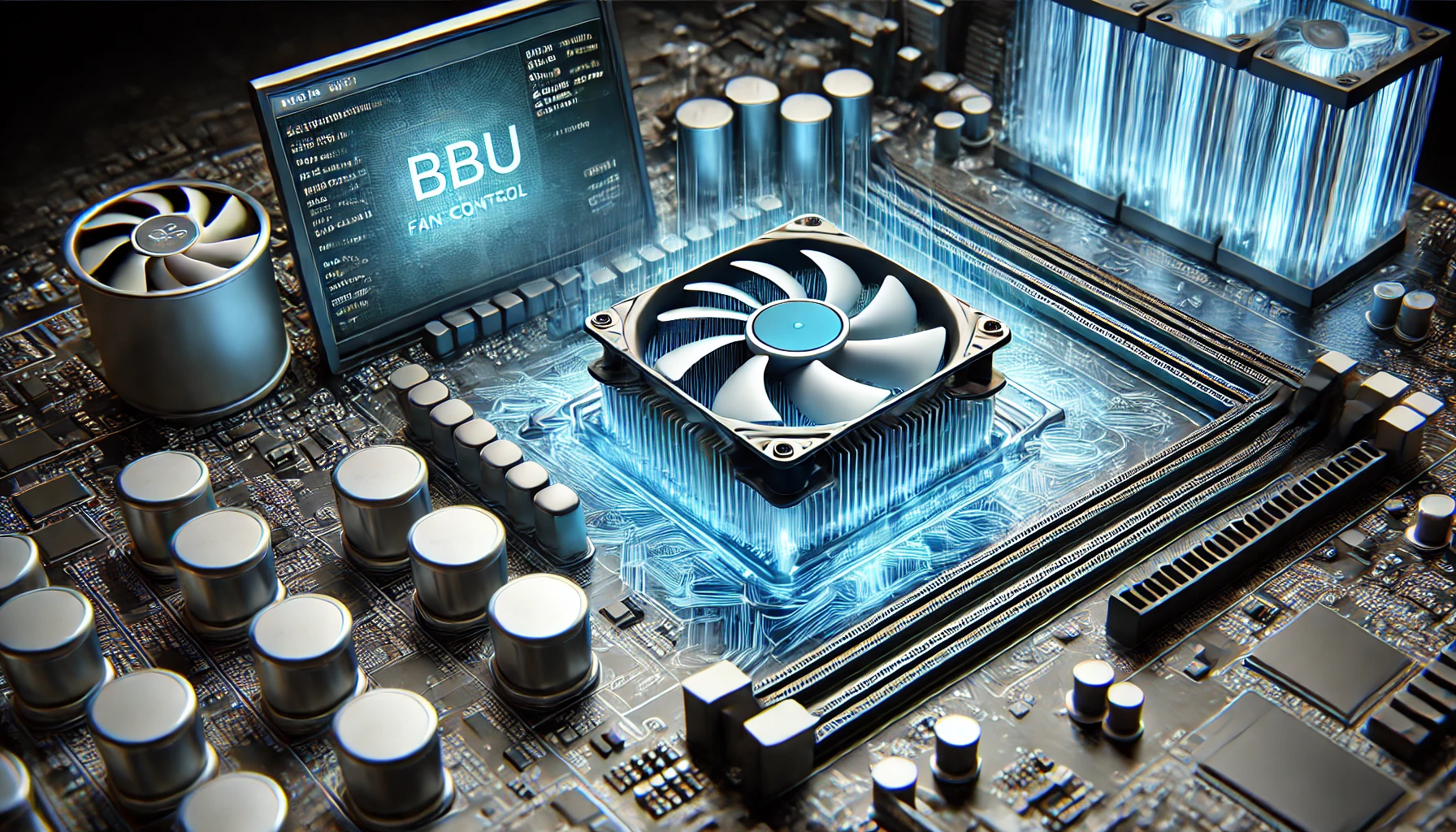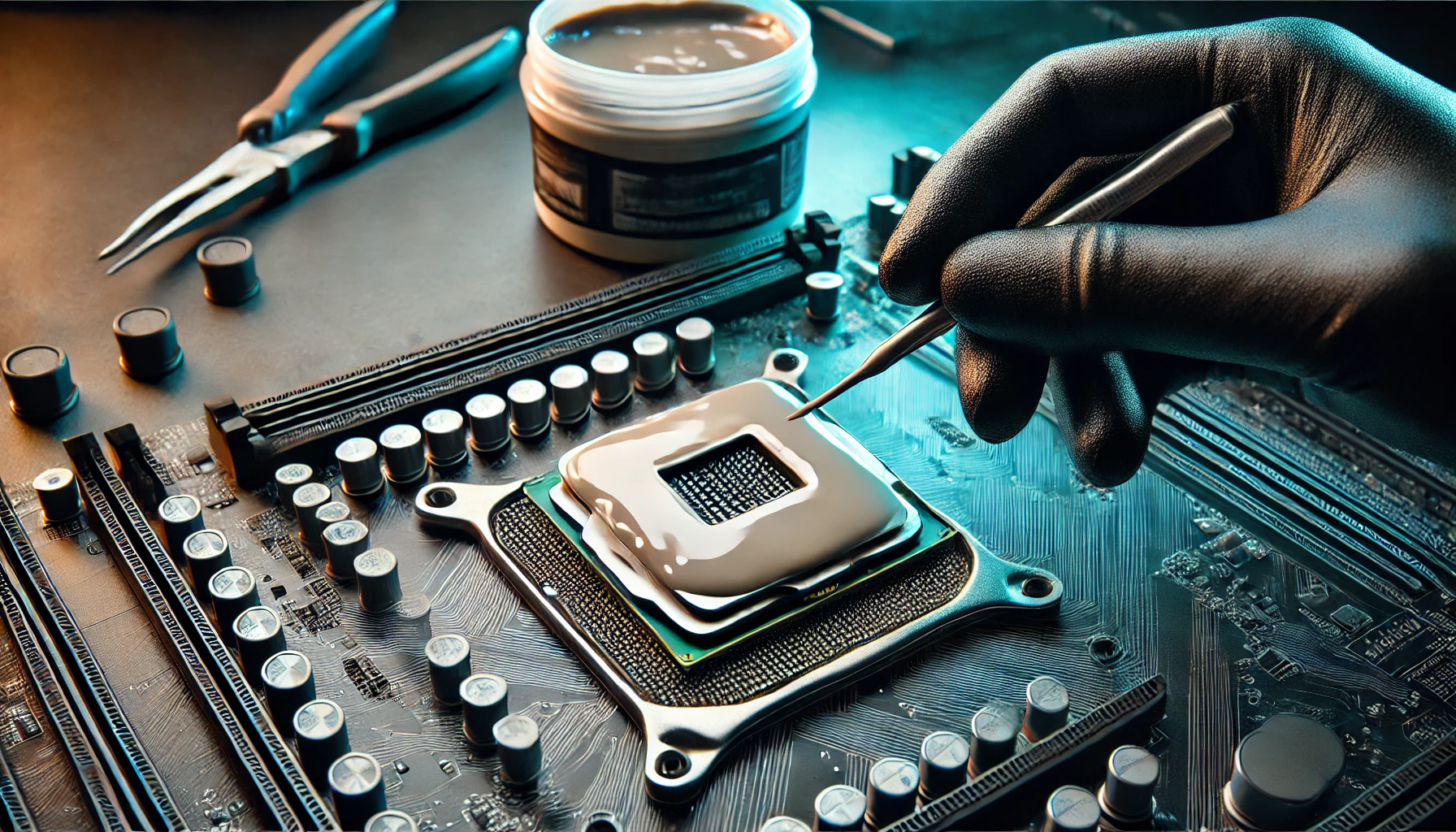Introduction
PCHistory.net CPU work is a goldmine for tech lovers and computer historians. It chronicles the evolution of processor technology—from the humble beginnings of 4-bit chips to today’s ultra-powerful multi-core CPUs. This detailed resource captures the innovations that shaped modern computing, making it an essential hub for understanding how CPUs have advanced.
In this article, we’ll unpack key moments in CPU development, groundbreaking architectures, and how PCHistory.net CPU work continues to influence tech insights and research.
Why PCHistory.net CPU Work is So Important
The CPU is the brain of every computer. PCHistory.net documents its evolution in a way that makes complex history accessible and meaningful. The site offers:
- Milestones in chip design
- Manufacturing and performance breakthroughs
- Lessons from failed experiments
- Detailed hardware comparisons
This makes it easier to:
- Appreciate how far CPUs have come
- Understand design tradeoffs
- Predict future trends in processing power
- Preserve computing’s rich legacy
Major Eras in CPU Development
1. The Birth of CPUs (1970s–1980s)
PCHistory.net covers foundational chips like:
- Intel 4004 (1971): The world’s first commercial microprocessor
- MOS 6502 (1975): Powered early home computers like Apple II
- Intel 8086 (1978): Laid the groundwork for modern x86 architecture
🔍 Did you know? The MOS 6502 operated at just 1MHz, yet revolutionized personal computing.
2. The Clock Speed Wars (1990s)
During this era, speed was everything. PCHistory.net tracks:
| CPU | Year | Clock Speed | Key Innovation |
|---|---|---|---|
| Pentium | 1993 | 60MHz | Superscalar execution |
| AMD K6 | 1997 | 300MHz | MMX instruction set |
| Pentium III | 1999 | 1GHz | SSE technology |
These advancements pushed the limits of what single-core processors could do.
3. Multi-Core Revolution (2000s-Present)
A major shift occurred when CPU makers embraced parallelism:
- 2005: First dual-core CPUs for consumers
- 2006: Intel Core 2 Duo beat Pentium 4 in efficiency
- 2010: Intel Core i7-980X introduced six cores to the mainstream
PCHistory.net CPU work documents this transition with technical depth and historical context.
Breakthrough Architectures Documented
x86’s Continued Dominance
The site explains how Intel’s x86 became the default for PCs, despite challenges from RISC processors.
PowerPC’s Rise and Decline
Learn why Apple adopted PowerPC in 1994 and later shifted to Intel in 2006.
ARM’s Mobile Takeover
Follow ARM’s path from Acorn desktop processors to global smartphone leadership.
Unique Features of PCHistory.net CPU Work
What sets this platform apart?
- Authentic Benchmarks: Real-world testing with original tools
- Power Efficiency Analysis: Focus on watts per performance
- Die Images and Floorplans: Detailed views of chip internals
- Historical Context: Market reactions, pricing, and design decisions
Using PCHistory.net for Research & Learning
Whether you’re a hobbyist, student, or developer, PCHistory.net CPU work has something valuable:
For Enthusiasts:
- Compare vintage chips
- Learn about rare processors
- Understand legacy upgrades
For Educators & Students:
- Study Moore’s Law
- Explore CPU design evolution
- Analyze real-world case studies
For Developers:
- Research old instruction sets
- Study software-hardware compatibility
- Optimize apps for older hardware
Iconic Case Studies to Explore
1. Pentium FDIV Bug (1994)
Dive into the flaw that impacted Intel’s reputation—and how it was handled.
2. AMD Athlon 64 (2003)
Understand how AMD beat Intel in the 64-bit race.
3. Apple M1 Chip (2020)
A major leap where ARM processors entered desktop territory with game-changing performance.
FAQs About PCHistory.net CPU Work
1. Is the site regularly updated?
Yes. New CPU profiles and benchmarks are added quarterly.
2. Can users contribute?
Absolutely. Experts can submit rare hardware info and verified documentation.
3. Does it include non-x86 CPUs?
Yes, it covers ARM, SPARC, PowerPC, and other architectures.
4. Are the benchmarks accurate?
All data is tested on authentic hardware using era-specific tools.
5. Is there a comparison tool?
Yes, users can run side-by-side CPU comparisons interactively.
Conclusion
PCHistory.net CPU work is more than just a tech archive—it’s a living timeline of processor evolution. From the early microprocessors that kickstarted computing to modern ARM innovations, this site captures the milestones that define today’s digital world.
Whether you’re a curious reader, a retro hardware enthusiast, or a tech researcher, diving into this archive will deepen your understanding of how processors evolved—and where they’re headed next.




